Power Amplifier: Top Picks
Every audio system requires a power amplifier as it is one of the key components. If you have or plan to get a home theater, car audio system or any professional sound equipment, knowing the function of a power amplifier will help in achieving better sound quality. A power amplifier boosts the audio signals, driving the speakers to allow them to deliver clear and loud sounds.
In this detailed guide, we will outline its purpose and types, main features, and tips on how to select the best amplifier according to your preferences and requirements. This article aims to help you understand power amplifiers and their importance when aiming to improve your audio experience.
What Is a Power Amplifier?
Power amplifiers are designed specifically to amplify low-level audio signals and emit them to speakers. It’s an electronic device that receives weak electrical signals from CD players, microphones, audio receivers, and boosts them. Power amplifiers enhance speaker volume while improving clarity and dynamic range. Without power amplifiers, audio signals would be inaudible over long distances or at high volume settings.
Types of Power Amplifiers
It is important to know the various types of power amplifiers so that the proper one can be chosen for a given audio system. Here are the most common types of power amplifiers:
Class A Power Amp
Class A amplifiers have a very restive sound output and its simplest form of construction. These Off/On amplifiers are running at full power and provide a clean, distortion-free output signal. Unfortunately, they are the most inefficient and waste too much energy, producing high amounts of heat.
Class B Power Amp
When compared to Class A, Class B amplifiers are more efficient, but these do have distortion problems at low volume levels. These work by boosting the positive half of the audio signal and the negative half separately. They are more efficient, but may produce crossover distortion at lower levels of output.
Class AB Power Amp
Class AB opeates with the advantages of both class A and class B amplifiers. They are made to remove the crossover distortion that is in class B amplifiers but is still more efficient than class A. Class AB amplifiers are widely used in domestic audio and professional sound equipment.
Class D Power Amp
Also known as digital amplifiers, class D amps are compact and extremely efficient. These amplifiers turn audio signal into a PWM or pulse width modulated signal that is later amplified. Significant heat is not produced with these amplifiers, therefore they are often used in portable audio systems, in cars, as well as in home theaters.
Mono and Stereo Power Amplifiers
Mono amplifiers are used to power one single speaker like subwoofers in home theater and car audio systems. Meanwhile, stereo amplifiers can power two speakers in a standard stereo two channel configuration, driving coherent neutral music as well as home audio systems.
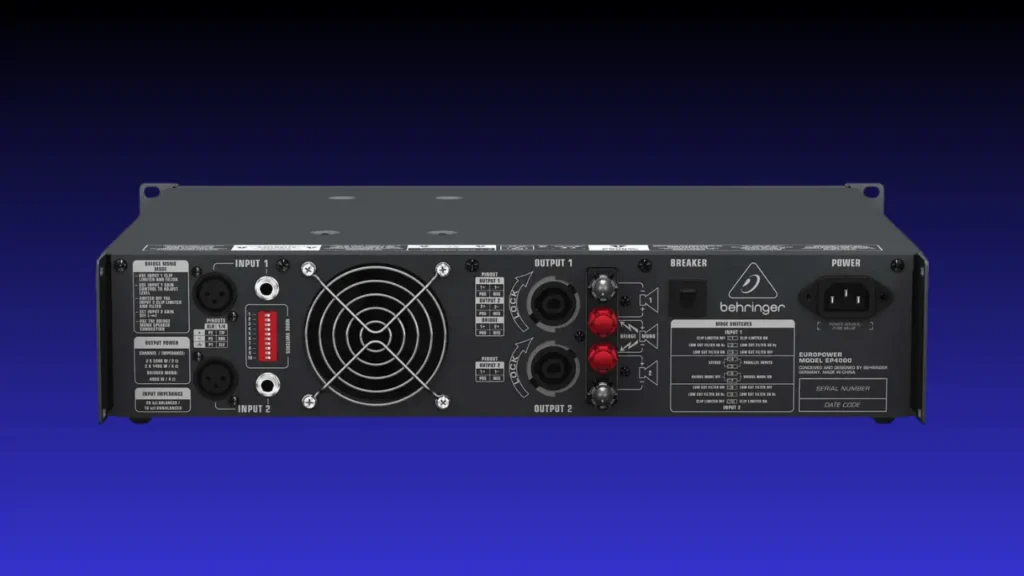
Important Features to Consider When Picking a Power Amplifier
Numerous features and specifications need to be focused on when selecting a power amplifier. Here are the best elements to consider:
- Power Rating
The wattage of a power amplifier describes the actual output performance of the amplifier to its speakers. The more the watts a power amplifier has the more powerful and noisier it gets. But, the amplifier power is set to the level of the specific speaker, and the speaker is only able to handle so much power before it begins to distort or damage the speaker components.
- Uniform And Optimal Impedance Matching
Impedance according to Ohm’s law, is the measure of speaker resistance when the amplifier interacts with the speaker. It’s expressed as impedance (Ω). Making sure that the impedance of your amplifier is the same as that of the speaker is very important, otherwise the sound quality of the system will suffer. Typical impedance values for speakers are 4Ω, 6Ω, and 8Ω.
- THD or Total Harmonic Distortion
THD quantifies the quantity of distortion of the sound signal resulting from the use of an amplifier. Remember, lower THD scores indicate cleaner, in this case, purer, more accurate sounds. While selecting a power amplifier, take note that its THD is as low as possible to achieve the best sound reproduction.
- Channel Configuration
Power amplifiers have different channel configurations. A 2-channel amplifier works best for stereo systems, while a 5.1-channel amplifier is for surround sound. The more channels within the amplifier, the greater the number of speakers to be driven.
- Signal-to-Noise Ratio (SNR)
The signal-to-noise ratio SNR defines the ratio between the wanted audio signal and background noise. The measurement with a greater SNR indicates less noise and better sound. To have better sound experience, look for amplifiers with high SNR (90dB or greater).
Steps in Deciding Which Power Amplifier is Most Preferable for Your System
- Specifications of the Amplifier Must Fulfill the Speaker Requirements
While picking the best power amplifier, always consider the power and impedance requirements of the speaker. Confirm the speaker’s power handling capacity (in watts) and impedance (in ohms) to confirm compatibility.
- Think about the Usage
What is the intended purpose of the amplifier? A standard stereo power amplifier can work for basic home audio systems, multi-channel amplifiers are ideal for home theater installations, and mono amplifiers work best for subwoofer arrangements.
- Additional Attributes
Other important features to check include Bluetooth functionality, remote control, and equalizers. They can add to the comfort level with home theater system use as well as the level of sound settings that can be tailored and preset.
- Check the Efficiency of the Amplifiers
For energy-saving purposes, look for a Class D power amplifier. These types of amplifiers are small in size and lightweight, which is very helpful in areas where space is an issue and efficiency.
Troubleshooting Common Problems with Power Amplifiers
Every machine is prone to wear and tear at some point in time, and power amplifiers are no exception. Below is a list of common problems and their solutions:
- Not Producing Sound
In case of total muteness from your amplifier, ensure that all of the connections have been made properly. The amplifier should also be switched on and should be on the right input.
- Distorted Output
In case your amplifier is creating blurred sound, check whether the amplifier is being overdriven. If it is, do not hesitate to turn the volume down. Also, ensure the impedance matching of the amplifier and the speakers is correct.
Power amplifiers have a tendency of overheating when operating at high volumes during long periods of time. Make sure the amplifier has enough room to breath on open space where nothing will sis restrict airflow to the device directly.
Overheating of amplifiers, ventilation of the amplifier, and control of the device’s temperature
Conclusion
To get the best sound experience from your system, selecting the most appropriate power amplifier is crucial step. Considering the application as well as the speakers employed and selecting an appropriate amplifier, understanding the different amplifier types along with their features such as wattage, impedance, THD and SNR will improve audio performance significantly.
Well-chosen power amplifiers will certainly deliver accurate, lively, and clear sound without any form of distortion, whether one is installing a home theater, boosting the car’s audio system, or even constructing a professional sound system. Therefore, it is worthwhile selecting the most appropriate amplifier.
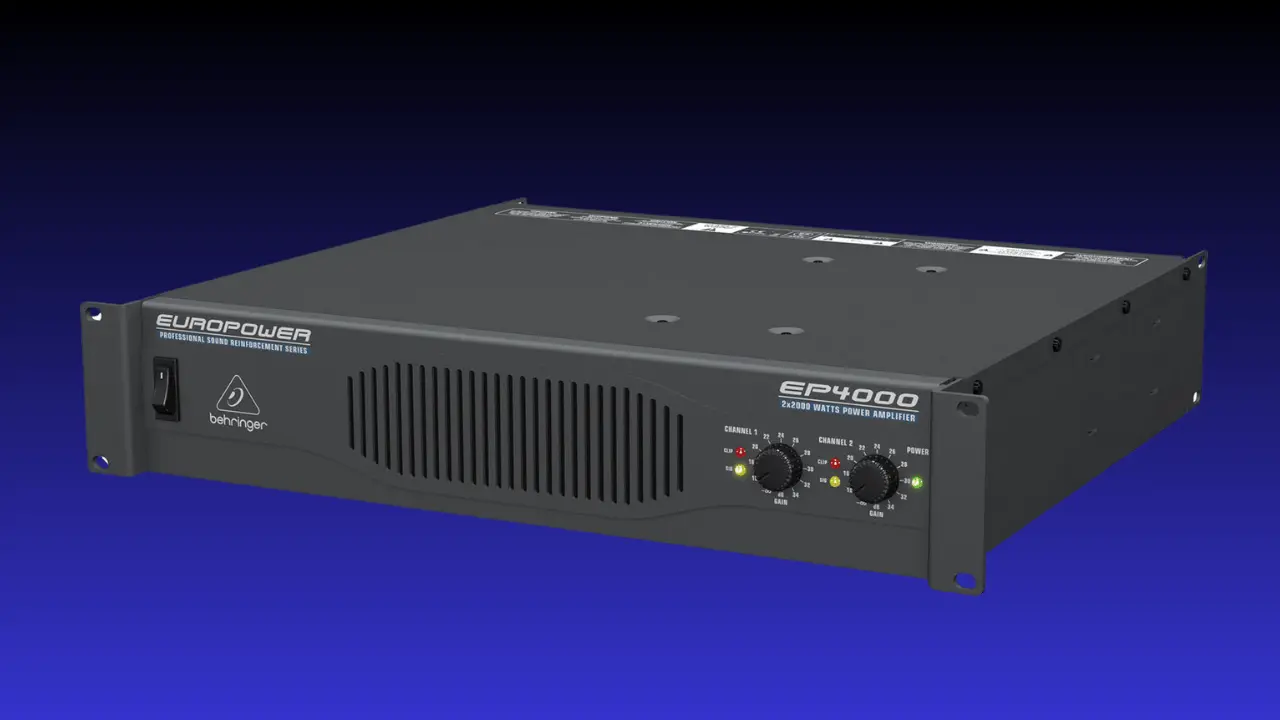
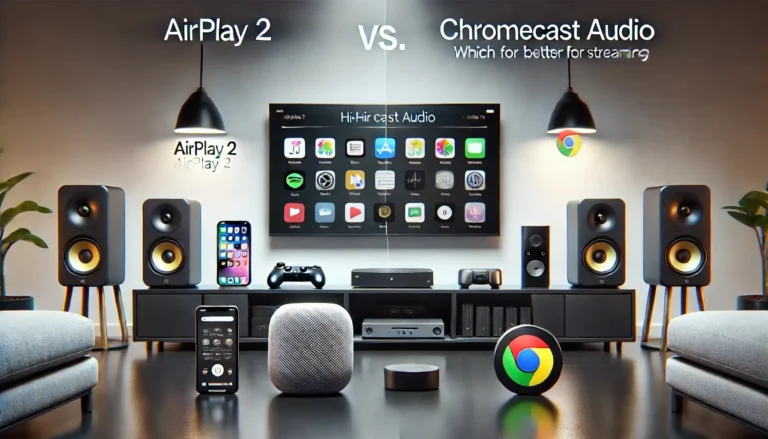
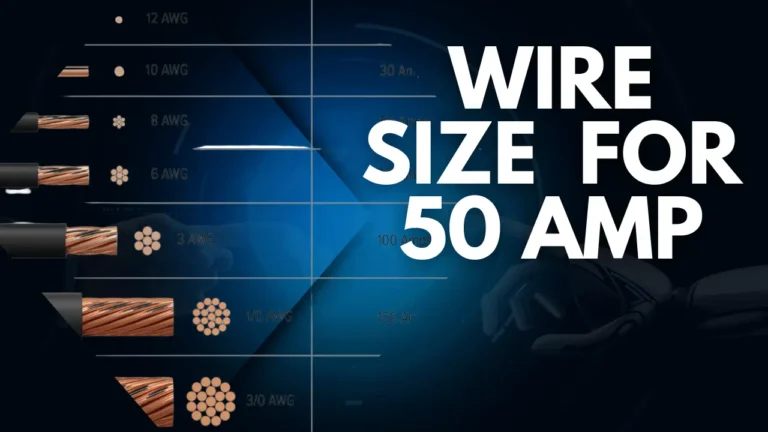
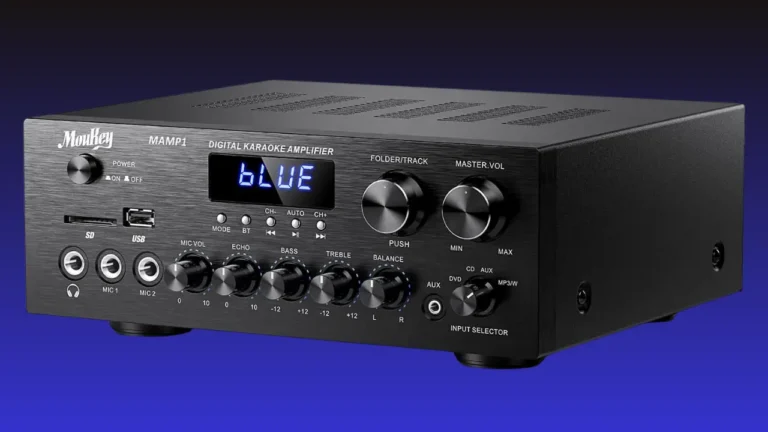
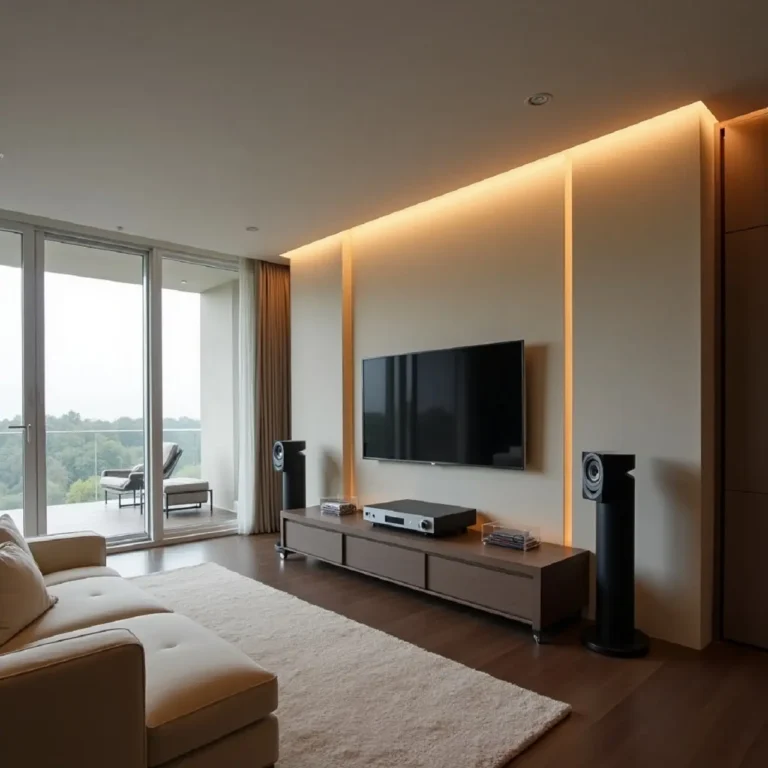
2 Comments